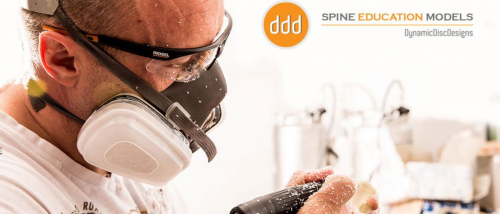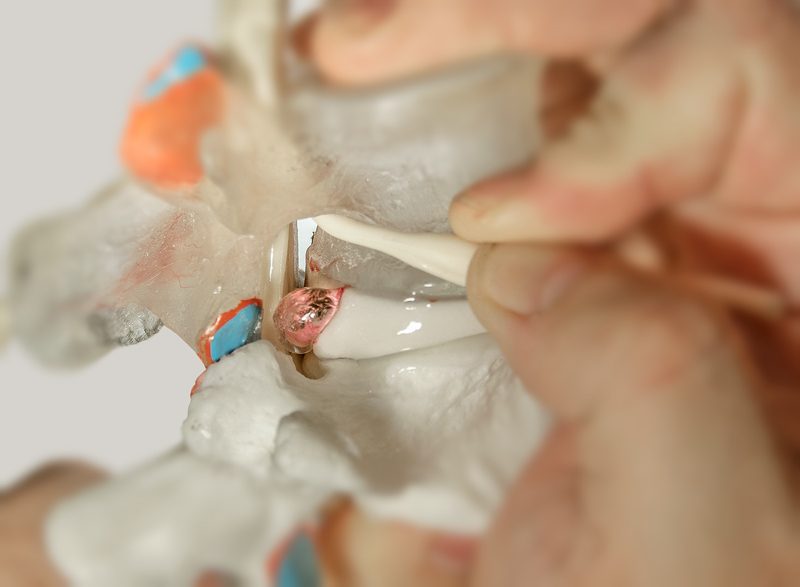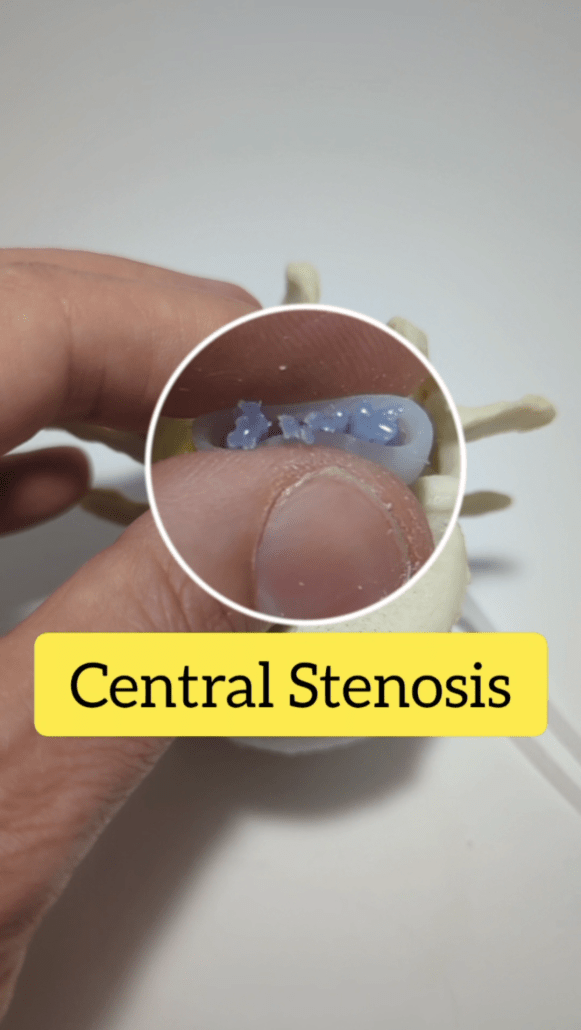
Spinal conditions can cause considerably disabling pain and immobility—from herniated discs and spondylolisthesis to spinal instability and spinal stenosis. Patient education is integral to patient management, and conventional static anatomical models often fall short of effective education. This article explores dynamic disc models as realistic spine models as a new generation of innovative tools for improving educational and treatment outcomes through enhanced patient understanding.
Patient education in spinal conditions has been based on static models, using a replica of the spine in plastic or other substances. These basic models of the anatomy of the spine are void of the dynamisms that happen to an actual spine. They can hardly illustrate how vertebrae move, twist, shear, compress, and interact with discs, ligaments, and muscles. This can be a limitation in enabling the patient to see what is causing their pain and understand the mechanics of how any offered treatment may work.
Dynamic Disc Models go beyond such limitations to display dynamic movement and flexibility in spinal education. Examples of such models include exact replica vertebrae made of strong, flexible materials, giving a near-normal range of movements and functions. Some models boast:
Although Dynamic Disc Models are not diagnostic tools, they can applied importantly in diagnosing spinal conditions. Health practitioners use these models to enhance the diagnosis and planning of treatment for specific conditions.
A healthcare professional can often suspect disc herniation with a patient’s reports of pain, its loci or radiation, and neurological presentation. It is quite possible to demonstrate the mechanics of a herniated disc using a Dynamic Disc Model. After manipulating the model to show the bulging or extrusion of the disc material, then the practitioner can relate the visual demonstration to the patient’s symptomatology with the potential cause of pain. The patient could benefit significantly from this dynamic image, especially if that person has difficulty understanding static images of herniated discs.

Spondylisthesis is the condition wherein one vertebra has slipped forward of another. X-rays alone may not always suffice for an explanation in consultations. Dynamic Disc Models can be invaluable in such cases. Models such as those with removable vertebrae allow a practitioner to show a patient the abnormal forward movement in the affected vertebra. This visual could offer clinicians much-needed support to confirm a diagnosis and enlighten a patient on how the nerve structure will be affected.

The spine can be relatively unstable because of laxity in the discs or ligaments. Dynamic Disc Models are useful tools to demonstrate this probable instability. By gently stressing the model in different planes, one can show when there is excess movement or abnormal flexibility when comparing the levels to adjacent vertebrae. Such teaching observations will help a patient understand the movements associated with the triggers of pain and work to create a locus of control through proper bracing and movement strategies offered by the health practitioner. Using a Dynamic Disc Model sets the educational framework.

Stenosis in the spinal canal or foramen narrows the room for exiting or traversing nerves. This can cause pain, numbness, or even weakness. Dynamic disc models can be particularly helpful in explaining this condition. Dynamic models can demonstrate the closing (and opening) of the spinal canal and foramen to help demonstrate dynamically how the spaces can be manipulated with a person’s posture to help frame a therapeutic strategy. The Lumbar Spinal Stenosis Dynamic Disc Model, for example, can include removable nerves to help with this important education.

Dynamic Disc Models are not just about movement. Very often, the realistic spine models are created with detail that increases overall patient education:
The real power of Dynamic Disc Models is in providing a higher level of interactivity and engagement within the patient learning experience, which can, in the end, save a health practitioner time. Healthcare professionals can show the mechanics of the spine, along with possible treatment options, in a dynamic and visually engaging way. These models allow:
Dynamic Disc Models are realistic spine models and offer a breakthrough in patient education for spinal conditions. These innovative tools, full of realistic motion, intricate detail, and interactive features, offer an exciting way for healthcare professionals to engage their patients in learning about spine-generated pain and its solutions. Deeper understanding can translate into improved treatment outcomes and better patient satisfaction on their way to better spinal health.
Share Now